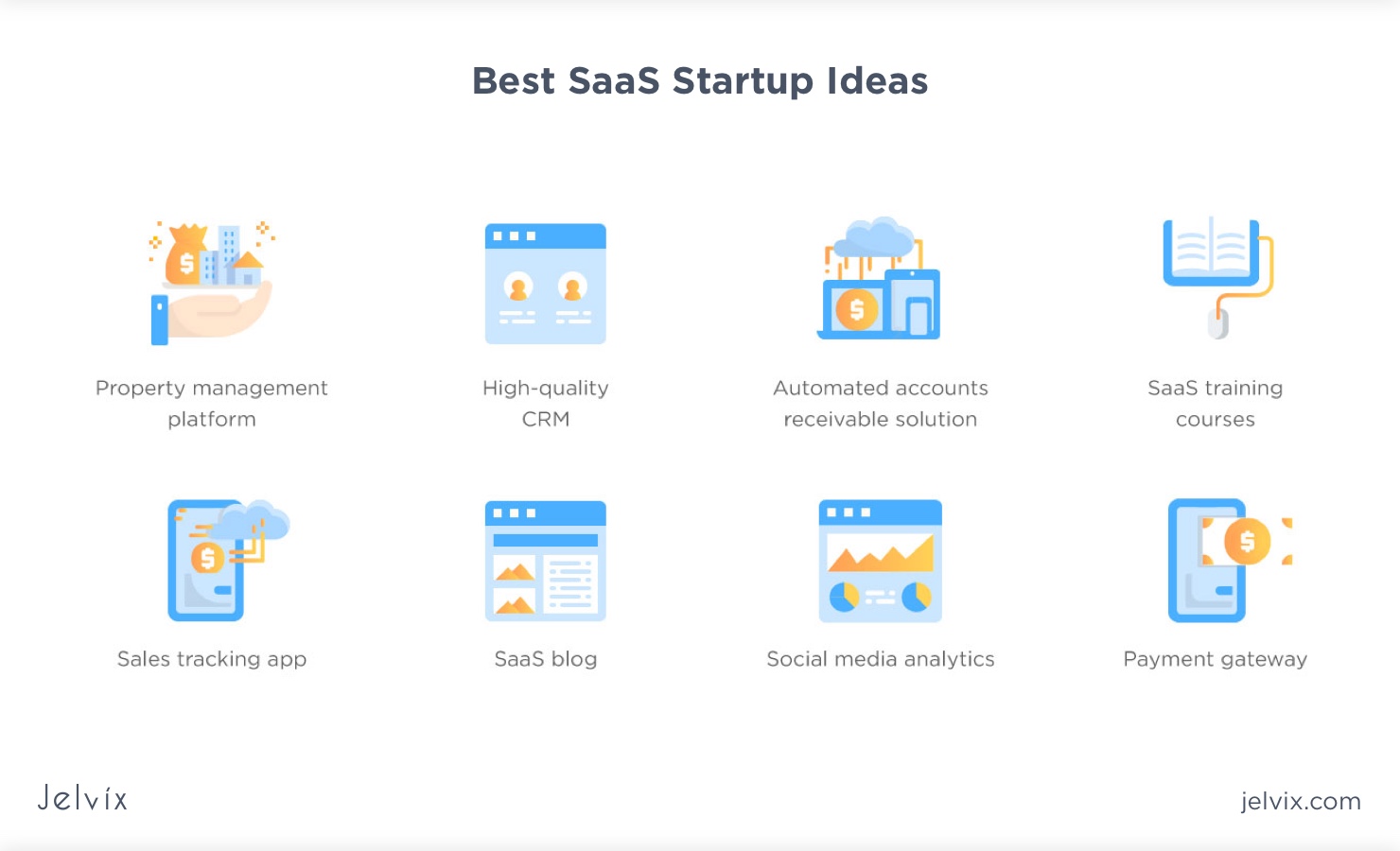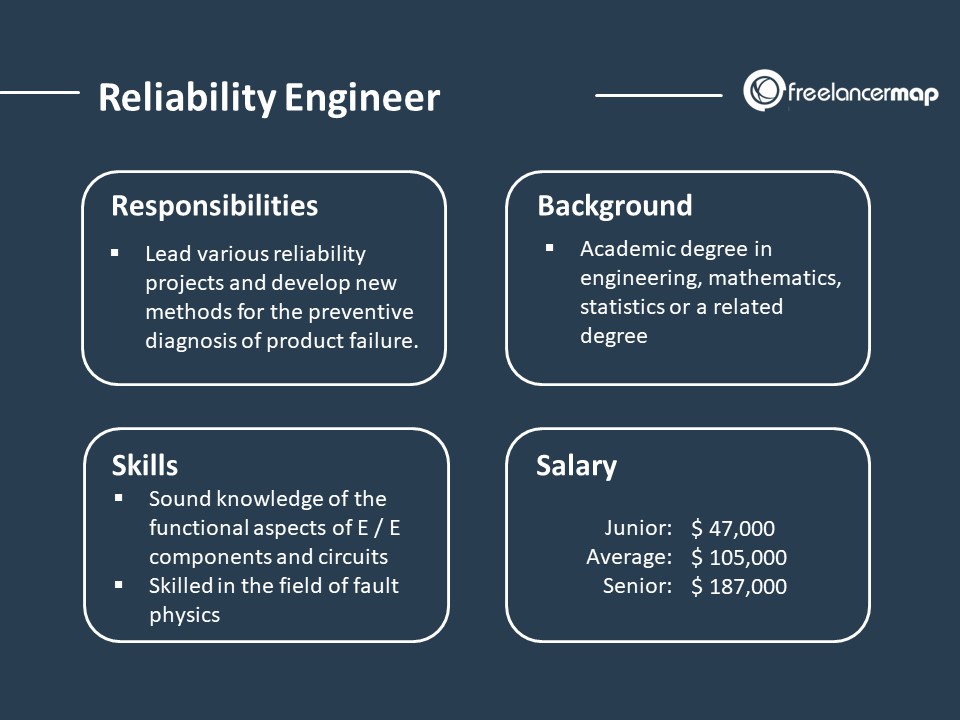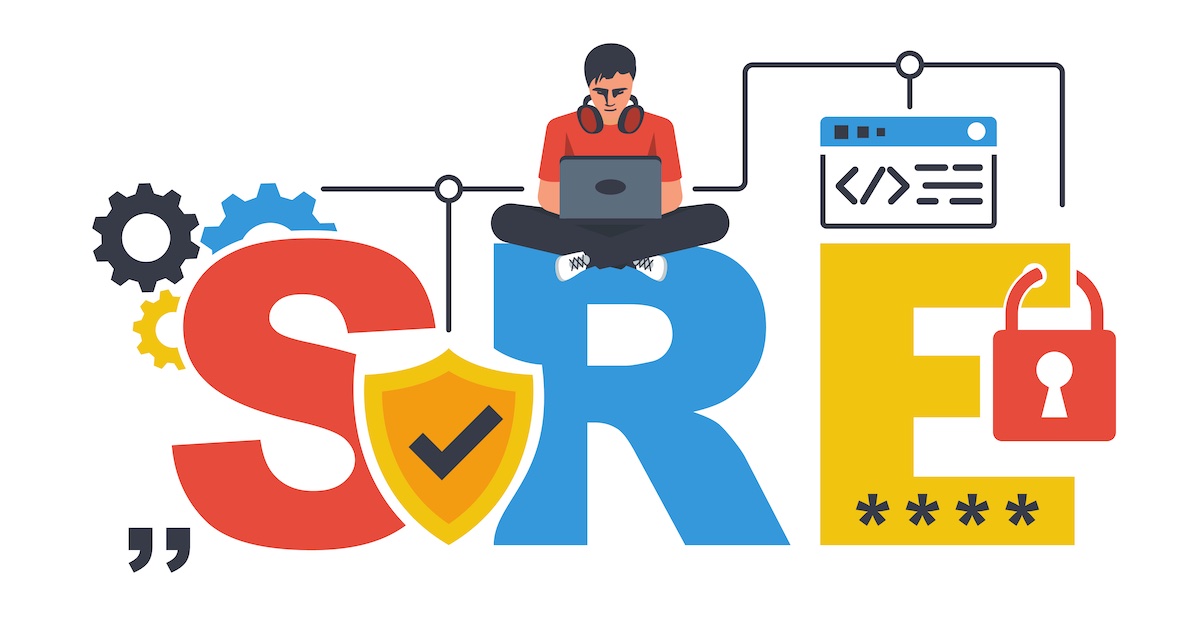The Evolution of Reliability Engineering in SaaS
As the SaaS industry continues to grow and mature, the importance of reliability engineering has become increasingly evident. The impact of downtime on customer trust and revenue can be devastating, with a single hour of downtime potentially costing a company tens of thousands of dollars. In response, traditional reliability engineering approaches are evolving to meet the unique needs of SaaS companies. This shift is driven by the need for faster time-to-market, greater scalability, and higher levels of reliability.
Reliability engineering in SaaS startups is no longer just about ensuring that systems are up and running; it’s about creating a culture of reliability that permeates every aspect of the organization. This requires a fundamental transformation in how companies approach reliability, from reactive to proactive, and from siloed to collaborative. By adopting innovative reliability engineering strategies, SaaS startups can minimize downtime, reduce costs, and improve customer satisfaction.
One of the key drivers of this evolution is the increasing use of cloud-based infrastructure. Cloud providers such as AWS, Azure, and Google Cloud offer a range of reliability-focused services, including automated backup and disaster recovery, that can help SaaS startups improve their reliability posture. However, these services must be carefully integrated into the overall reliability engineering strategy to maximize their effectiveness.
Another important trend is the growing adoption of DevOps practices, which emphasize collaboration and automation in the development and deployment of software. By adopting DevOps, SaaS startups can improve the speed and quality of their releases, reduce the risk of errors, and increase their overall reliability. However, this requires a significant cultural shift, as well as investments in new tools and processes.
As SaaS startups continue to innovate and push the boundaries of what is possible, reliability engineering must evolve to keep pace. This requires a commitment to ongoing learning and improvement, as well as a willingness to experiment and take calculated risks. By embracing innovative reliability engineering strategies, SaaS startups can stay ahead of the curve and achieve their goals in a rapidly changing market.
In the next section, we will explore how SaaS startups can foster a culture of reliability from day one, including strategies for building a reliability-focused company culture, hiring the right talent, and establishing key performance indicators (KPIs) for reliability.
How to Foster a Culture of Reliability from Day One
Fostering a culture of reliability from the outset is crucial for SaaS startups looking to prioritize reliability engineering. This requires a deliberate and intentional approach to building a reliability-focused company culture, hiring the right talent, and establishing key performance indicators (KPIs) for reliability.
Building a reliability-focused company culture starts with defining a clear vision and mission that emphasizes the importance of reliability. This vision should be communicated to all employees, from engineers to customer support teams, to ensure everyone understands the role they play in delivering reliable services. Additionally, SaaS startups should establish a set of core values that prioritize reliability, such as a focus on proactive maintenance, continuous improvement, and customer satisfaction.
Hiring the right talent is also critical for building a reliability-focused team. SaaS startups should look for engineers and technical leaders who have experience with reliability engineering, as well as a passion for delivering high-quality services. Furthermore, companies should invest in ongoing training and development programs to ensure their teams have the skills and knowledge needed to stay up-to-date with the latest reliability engineering trends and best practices.
Establishing key performance indicators (KPIs) for reliability is also essential for measuring progress and driving improvements. SaaS startups should track metrics such as mean time to detect (MTTD), mean time to resolve (MTTR), and error budgets to gauge the effectiveness of their reliability engineering efforts. By setting clear targets and goals for these metrics, companies can create a sense of accountability and drive continuous improvement.
Another important aspect of fostering a culture of reliability is to encourage a blameless culture. This means that when errors or outages occur, the focus should be on learning and improving, rather than assigning blame. By creating a safe and transparent environment, SaaS startups can encourage their teams to take calculated risks, experiment with new approaches, and share knowledge and best practices.
Finally, SaaS startups should prioritize reliability engineering from the earliest stages of product development. This means incorporating reliability engineering principles into the design and development process, rather than treating it as an afterthought. By doing so, companies can build reliability into their products and services from the ground up, reducing the risk of errors and outages, and improving overall customer satisfaction.
In the next section, we will explore the role of automation and AI in reliability engineering, including the use of machine learning algorithms to predict and prevent outages.
Leveraging Automation and AI for Proactive Reliability
Automation and artificial intelligence (AI) are revolutionizing the field of reliability engineering, enabling SaaS startups to proactively predict and prevent outages. By leveraging these technologies, companies can improve their reliability posture, reduce downtime, and enhance customer satisfaction.
Machine learning algorithms, in particular, are being used to analyze vast amounts of data from various sources, such as logs, metrics, and user feedback. This enables SaaS startups to identify patterns and anomalies that may indicate potential issues, allowing them to take proactive measures to prevent outages.
One of the key benefits of automation and AI in reliability engineering is the ability to detect issues before they become incidents. By using machine learning algorithms to analyze data in real-time, SaaS startups can identify potential problems and take corrective action before they impact customers. This not only improves reliability but also reduces the mean time to detect (MTTD) and mean time to resolve (MTTR) metrics.
Another benefit of automation and AI is the ability to automate routine tasks, freeing up engineers to focus on more complex and high-value tasks. For example, automated testing and deployment tools can reduce the risk of human error and improve the speed and quality of releases.
However, implementing automation and AI in reliability engineering also presents challenges. One of the main challenges is the need for high-quality data to train machine learning algorithms. SaaS startups must ensure that their data is accurate, complete, and relevant to the specific use case.
Another challenge is the need for expertise in machine learning and AI. SaaS startups may need to invest in hiring or training engineers with expertise in these areas, which can be time-consuming and costly.
Despite these challenges, the benefits of automation and AI in reliability engineering make them an essential part of any SaaS startup’s reliability strategy. By leveraging these technologies, companies can improve their reliability posture, reduce downtime, and enhance customer satisfaction.
In the next section, we will explore real-world examples of reliability engineering in action, including Netflix’s use of chaos engineering and Amazon’s implementation of automated testing.
Real-World Examples of Reliability Engineering in Action
Several well-known SaaS companies have successfully implemented innovative reliability engineering strategies to improve their reliability posture. In this section, we will highlight a few examples of these strategies in action.
Netflix, for example, has implemented a chaos engineering approach to reliability engineering. This involves intentionally introducing failures into their system to test its resilience and identify potential issues before they become incidents. By doing so, Netflix has been able to improve its mean time to detect (MTTD) and mean time to resolve (MTTR) metrics, reducing downtime and improving customer satisfaction.
Amazon, on the other hand, has implemented automated testing and deployment tools to improve the speed and quality of its releases. By automating these processes, Amazon has been able to reduce the risk of human error and improve the reliability of its services.
Another example is Google, which has implemented a site reliability engineering (SRE) approach to reliability engineering. This involves treating reliability as a core part of the software development process, rather than as an afterthought. By doing so, Google has been able to improve its reliability posture and reduce downtime.
These examples demonstrate the importance of innovative reliability engineering strategies in improving the reliability posture of SaaS startups. By learning from these examples and implementing similar strategies, SaaS startups can improve their own reliability posture and reduce downtime.
Key takeaways from these examples include the importance of:
- Implementing chaos engineering and automated testing to improve resilience and reduce downtime
- Treating reliability as a core part of the software development process
- Using data and metrics to drive reliability improvements
- Continuously monitoring and improving the reliability posture
By incorporating these strategies into their reliability engineering approach, SaaS startups can improve their reliability posture and reduce downtime.
In the next section, we will discuss the critical role of observability and monitoring in reliability engineering, including the use of tools like Prometheus, Grafana, and New Relic.
Designing for Failure: The Importance of Observability and Monitoring
Observability and monitoring are critical components of reliability engineering, enabling SaaS startups to detect and respond to issues before they become incidents. By designing for failure, companies can improve their reliability posture and reduce downtime.
Observability refers to the ability to understand the internal state of a system, including its performance, behavior, and interactions. This can be achieved through the use of tools like Prometheus, Grafana, and New Relic, which provide real-time monitoring and analytics capabilities.
Monitoring, on the other hand, involves tracking key performance indicators (KPIs) and metrics to identify potential issues before they become incidents. This can include metrics such as response time, error rate, and throughput.
By combining observability and monitoring, SaaS startups can gain a comprehensive understanding of their system’s behavior and performance, enabling them to detect and respond to issues quickly and effectively.
Some of the benefits of observability and monitoring include:
- Improved mean time to detect (MTTD) and mean time to resolve (MTTR) metrics
- Reduced downtime and improved reliability
- Enhanced customer satisfaction and trust
- Improved incident response and management
To implement observability and monitoring effectively, SaaS startups should consider the following best practices:
- Use a combination of metrics and logs to gain a comprehensive understanding of system behavior
- Implement real-time monitoring and analytics capabilities
- Use machine learning and AI to detect anomalies and predict potential issues
- Continuously monitor and improve the observability and monitoring strategy
By designing for failure and implementing observability and monitoring, SaaS startups can improve their reliability posture and reduce downtime, ultimately leading to improved customer satisfaction and trust.
In the next section, we will discuss the importance of measuring reliability, including the use of key metrics such as mean time to detect (MTTD), mean time to resolve (MTTR), and error budgets.
Measuring Reliability: The Right Metrics for Your SaaS Startup
As a SaaS startup, measuring reliability is crucial to ensuring the success of your business. Reliability metrics provide valuable insights into the performance of your system, helping you identify areas for improvement and make data-driven decisions. However, with so many metrics to choose from, it can be overwhelming to determine which ones are most relevant to your organization. In this section, we’ll explore the key reliability metrics for SaaS startups, including mean time to detect (MTTD), mean time to resolve (MTTR), and error budgets.
Mean time to detect (MTTD) measures the average time it takes to detect an issue or outage. This metric is critical in identifying how quickly your team can respond to problems, allowing you to optimize your monitoring and alerting systems. A lower MTTD indicates a more efficient detection process, enabling your team to respond faster and minimize downtime.
Mean time to resolve (MTTR) measures the average time it takes to resolve an issue or outage after it’s been detected. This metric provides insight into the efficiency of your team’s response and resolution processes. A lower MTTR indicates a more efficient resolution process, resulting in less downtime and improved customer satisfaction.
Error budgets are a more nuanced metric that measures the allowed error rate for a given system or service. This metric helps teams balance the need for reliability with the need for innovation and experimentation. By setting an error budget, teams can prioritize reliability while still allowing for calculated risks and experimentation.
When choosing reliability metrics for your SaaS startup, consider the following factors:
- Align metrics with business goals**: Ensure that your reliability metrics align with your business objectives, such as customer satisfaction, revenue growth, or market share.
- Focus on actionable metrics**: Choose metrics that provide actionable insights, allowing your team to make data-driven decisions and drive reliability improvements.
- Monitor and adjust**: Continuously monitor your reliability metrics and adjust them as needed to ensure they remain relevant and effective.
By selecting the right reliability metrics and tracking them consistently, SaaS startups can drive reliability engineering innovation strategies that improve customer satisfaction, reduce downtime, and increase revenue. Remember to prioritize metrics that align with your business goals, focus on actionable insights, and continuously monitor and adjust your metrics to ensure optimal reliability performance.
Reliability Engineering in the Cloud: Unique Challenges and Opportunities
As SaaS startups increasingly adopt cloud-based infrastructure, reliability engineering must adapt to the unique challenges and opportunities presented by cloud computing. Cloud providers like Amazon Web Services (AWS), Microsoft Azure, and Google Cloud Platform (GCP) offer a range of benefits, including scalability, flexibility, and cost savings. However, they also introduce new reliability concerns, such as dependence on cloud provider uptime and the potential for vendor lock-in.
One of the primary challenges of reliability engineering in the cloud is managing the risk of cloud provider outages. While cloud providers have robust reliability and redundancy measures in place, outages can still occur, impacting SaaS startups that rely on these services. To mitigate this risk, SaaS startups can implement strategies such as multi-cloud deployments, cloud-agnostic architectures, and disaster recovery planning.
Cloud-native services like AWS Lambda, Azure Functions, and Google Cloud Functions offer a range of benefits for SaaS startups, including serverless computing, event-driven architectures, and cost-effective scalability. However, these services also introduce new reliability concerns, such as cold start latency, function timeouts, and dependency management. To address these concerns, SaaS startups can implement strategies such as function warming, caching, and dependency injection.
Despite the challenges, cloud-based SaaS startups can leverage the scalability and flexibility of cloud computing to drive reliability innovation. For example, cloud-based monitoring and logging tools like Datadog, Splunk, and ELK Stack can provide real-time insights into system performance and reliability. Additionally, cloud-based automation tools like Ansible, Terraform, and CloudFormation can streamline deployment and configuration management, reducing the risk of human error and improving reliability.
To stay ahead of the curve in cloud-based reliability engineering, SaaS startups should focus on the following strategies:
- Design for failure**: Anticipate and plan for cloud provider outages, and implement strategies to mitigate their impact.
- Embrace cloud-native services**: Leverage the benefits of cloud-native services like serverless computing and event-driven architectures, while addressing the unique reliability concerns they introduce.
- Monitor and automate**: Use cloud-based monitoring and automation tools to streamline deployment, configuration management, and incident response.
By understanding the unique challenges and opportunities of cloud-based reliability engineering, SaaS startups can drive innovation and improvement in their reliability engineering practices, ultimately delivering more reliable and resilient services to their customers.
Staying Ahead of the Curve: Emerging Trends in Reliability Engineering
The field of reliability engineering is constantly evolving, with new technologies and techniques emerging to help SaaS startups improve the reliability of their systems. To stay ahead of the curve, it’s essential to be aware of these emerging trends and understand their potential implications for your business. In this section, we’ll explore some of the most significant emerging trends in reliability engineering, including serverless architectures, edge computing, and artificial intelligence for predictive maintenance.
Serverless architectures are becoming increasingly popular among SaaS startups, as they offer a range of benefits, including reduced costs, increased scalability, and improved reliability. By using serverless architectures, SaaS startups can focus on writing code and delivering value to their customers, without worrying about the underlying infrastructure. However, serverless architectures also introduce new reliability challenges, such as cold start latency and function timeouts.
Edge computing is another emerging trend in reliability engineering, as it enables SaaS startups to process data closer to the source, reducing latency and improving real-time processing. Edge computing also offers improved reliability, as it reduces the dependence on centralized infrastructure and enables more resilient systems. However, edge computing also introduces new challenges, such as managing distributed systems and ensuring data consistency.
Artificial intelligence (AI) is also being used in reliability engineering to predict and prevent outages. By analyzing system data and identifying patterns, AI algorithms can detect potential issues before they occur, enabling SaaS startups to take proactive measures to prevent outages. AI can also be used to optimize system performance, improve resource allocation, and reduce waste.
To stay ahead of the curve in reliability engineering, SaaS startups should focus on the following strategies:
- Experiment with new technologies**: Stay up-to-date with the latest trends and technologies in reliability engineering, and experiment with new approaches to improve system reliability.
- Invest in AI and machine learning**: Leverage AI and machine learning to predict and prevent outages, and optimize system performance.
- Focus on edge computing**: Consider using edge computing to improve real-time processing, reduce latency, and improve system reliability.
By embracing these emerging trends in reliability engineering, SaaS startups can improve the reliability of their systems, reduce downtime, and deliver more value to their customers. Remember to stay flexible, experiment with new approaches, and continuously monitor and improve your reliability engineering practices to stay ahead of the curve.
As SaaS startups continue to innovate and push the boundaries of what is possible, reliability engineering will play an increasingly critical role in ensuring the success of these businesses. By staying ahead of the curve and embracing emerging trends in reliability engineering, SaaS startups can build a strong foundation for success and deliver more reliable and resilient services to their customers.






